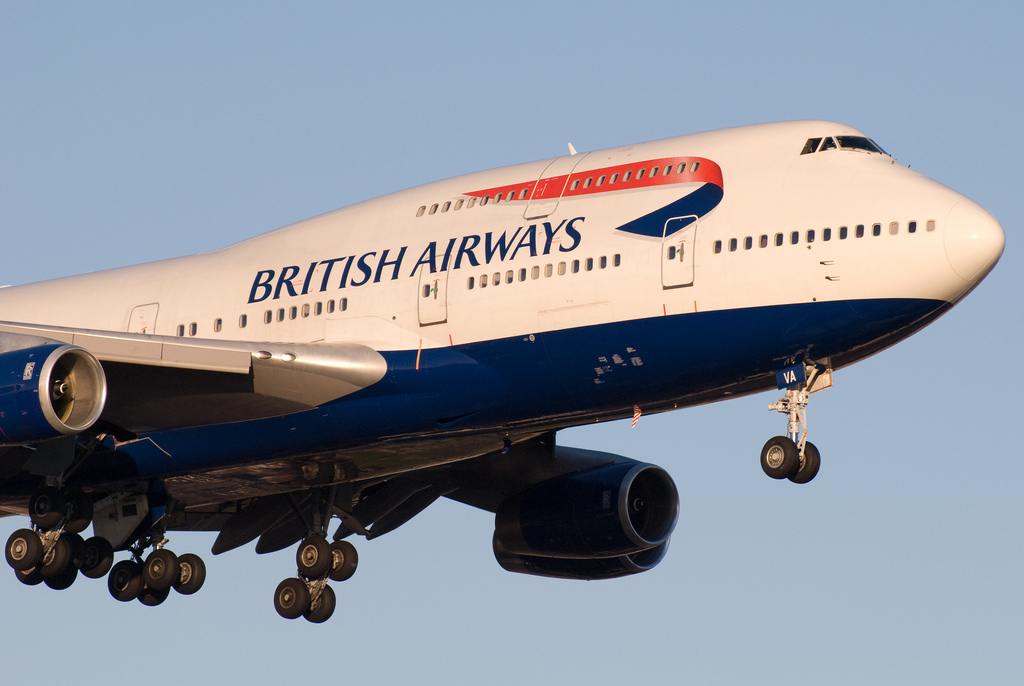Airbus announced its project to build the Airbus A380, the world’s largest passenger airliner, in 1990, and the first flight of the huge aircraft was in 2005. The company saw the Airbus A380 as a new ‘hub to hub’ aircraft designed for the likes of British Airways, American Airlines, Singapore Airlines, and and similar large national airlines. The project was launched with a massive amount of publicity, with 50 orders and six launch customers. The new plane, a four-engine jet capable of flying 500 passengers incredible distances, was perceived as nothing short of an engineering and technical marvel. After a few delays, Singapore Airlines put the first A380 into service in 2007. Emirates soon followed, as did several other airlines, and initially the new jumbo aircraft was a great success. Passengers often hailed the A380 as the most comfortable aircraft they had ever flown in.
However, after a few years the initial spurt of orders dried up, and the A380 hit bumpy skies, as it were. Potential customers like Air France started to prefer smaller aircraft. Soon aviation experts were suggesting its future was in doubt. Indeed, When one expert was asked if the A380 programme could be wound up, he said, “Honestly, it seems inevitable.”
Then in mid-February 2019, Airbus announced that it planned to end production of the A380 in 2021, and instead concentrate on its smaller and more economic aircraft. It looked like the end of an era.. So what happened to the biggest plane in the world?

The Takeover by Emirates
After the initial excitement, it soon became clear that there were difficulties with operating the A380. It could only fly in and out of a limited number of airports, and was only financially viable if around 500 passengers could be found for the route for every flight. This wasn’t always possible, so airlines started to suffer financial losses, and became gradually less enamoured with the new aircraft. As orders declined overall, soon Emirates became the main airline operating the aircraft, and by the start of 2019, Emirates was by far the largest operator of the A380. With 107 in their fleet and more on order, and flying from Dubai to 57 destinations worldwide, they were by then largely responsible for keeping the A380 in production. So Airbus became more and more dependent on this one customer, and that is never a safe position for any company.

The Nail in the Coffin
At the beginning of February 2019, Emirates announced that they planned to significantly reduce the size of their most recent order of A380s. They decided to cut the numbers from 53 to around 20 – a very significant reduction. They simply didn’t need as many as they had predicted. Even with the original Emirates order, Airbus had been struggling to make the A380 pay for itself. But analysts now believed that this latest blow would be the nail in the coffin for the A380 programme.
The End of the A380…
The decision to end the Airbus A380 programme after around only 12 years was a severe blow to the Airbus prediction that airport congestion and increased international air travel would lead to a demand for bigger planes. But in fact Airbus appear to have got their things wrong. ‘Hub to hub’ flying has its limitations, with passengers often needing to take another flight to their final destination from the hub airport. This proved to be unpopular with passengers. In fact, the industry has now shifted to using smaller, more fuel-efficient aircraft with only two engines, a move that has boosted demand for Boeing’s 787 Dreamliner, as well as the Airbus A350. Indeed, Emirates is said to be looking at the A350 as a replacement for the A380, since it would prove less expensive to operate.

…Or is it?
So is this the end of the A380? It certainly seems to be the case. But…maybe not. Commercially, it makes sense for Airbus to scrap the project. However, the manufacturer, as well as plenty of fans around the world, just love the A380. There are rumours that Airbus is working on a new model of the aircraft, dubbed the ‘A380 plus’, which would include aerodynamic improvements as well as a better cabin layout and easier maintenance. But whether this will actually reach production remains to be seen.

Helen is a retired pilot and flight instructor who has traveled around the world and visited more than 70 countries. An award-winning journalist and author, she has been writing for world-class aviation-focused publications.








